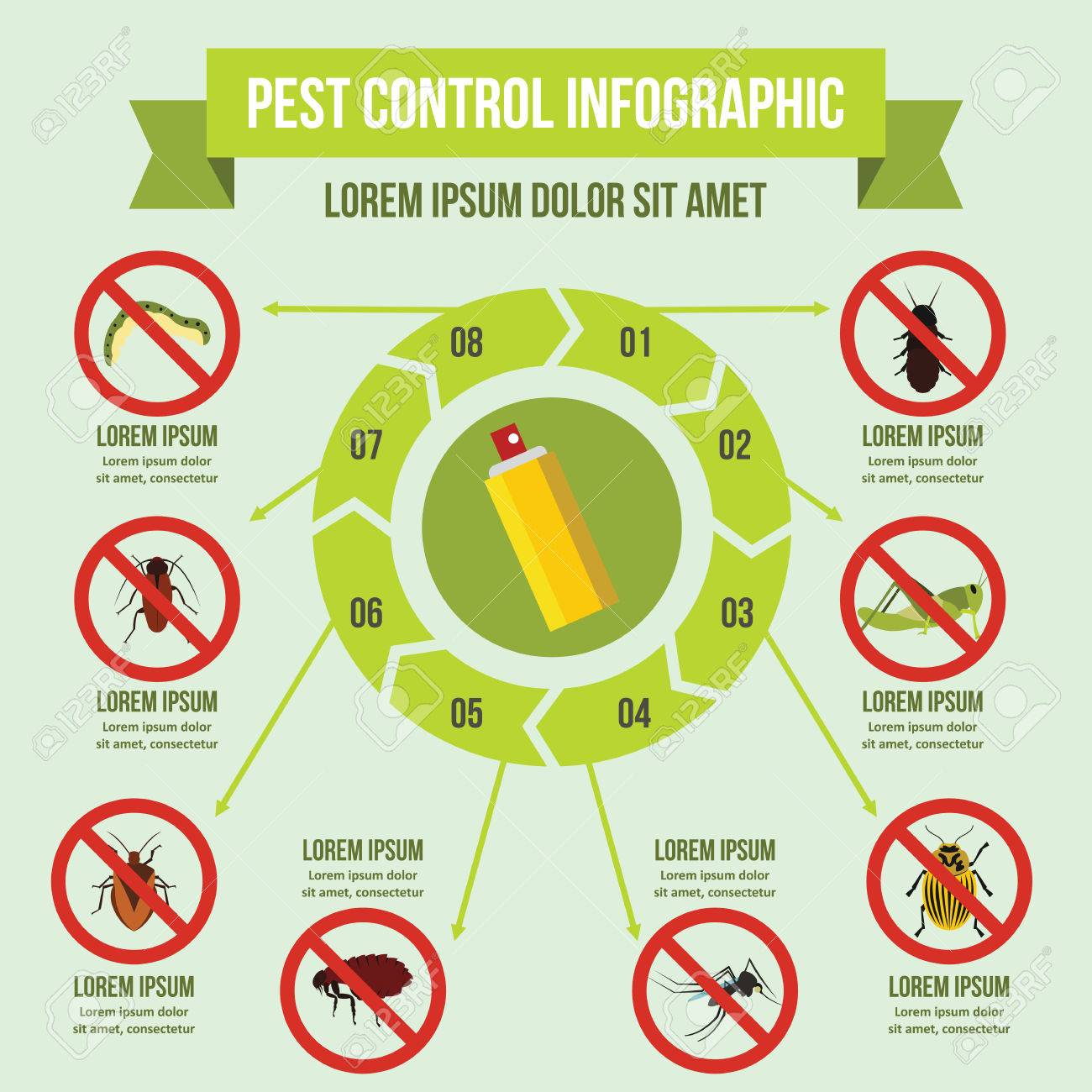Rodent-Proofing Your Attic: Important Tips For Homeowners
Rodent-Proofing Your Attic: Important Tips For Homeowners
Blog Article
Authored By-Thybo Hutchinson
Visualize your attic room as a comfortable Airbnb for rats, with insulation as fluffy as resort cushions and wiring a lot more attracting than space solution. Currently, envision these unwanted guests throwing a wild party in your home while you're away. As a property owner, ensuring your attic is rodent-proof is not nearly peace of mind; it's about securing your property and loved ones. So, what basic steps can you take to protect your shelter from these furry trespassers?
Check for Entry Points
To start rodent-proofing your attic, evaluate for entry points. Start by carefully examining the exterior of your home, looking for any type of openings that rodents might use to access to your attic room. Check for spaces around utility lines, vents, and pipes, in addition to any splits or openings in the structure or siding. Ensure to pay very close attention to areas where different structure materials meet, as these are common entry points for rats.
Furthermore, inspect bee and wasp removal for any type of damaged or missing out on tiles, along with any spaces around the sides where rats can press through. Inside the attic, look for indications of existing rodent activity such as droppings, ate wires, or nesting products. Make use of a flashlight to extensively check dark corners and hidden spaces.
Seal Cracks and Gaps
Examine your attic thoroughly for any fractures and spaces that need to be sealed to avoid rodents from entering. Rats can press through even the smallest openings, so it's critical to seal any type of possible access points. Inspect around pipes, vents, cables, and where the wall surfaces meet the roof covering. Use a combination of steel wool and caulking to seal these openings properly. Steel wool is an exceptional deterrent as rats can't chew via it. Make certain that all gaps are tightly secured to deny accessibility to undesirable pests.
Do not ignore the value of sealing gaps around windows and doors also. cost to get rid of termites removing or door moves to seal these locations successfully. Check the locations where energy lines get in the attic and secure them off using an appropriate sealer. By putting in the time to seal all cracks and voids in your attic room, you develop a barrier that rats will certainly discover hard to breach. Read More On this page is key in rodent-proofing your attic, so be comprehensive in your initiatives to seal off any type of possible access factors.
Remove Food Resources
Take aggressive actions to get rid of or keep all potential food resources in your attic to hinder rodents from infesting the space. Rats are attracted to food, so eliminating their food resources is vital in maintaining them out of your attic room.
Right here's what you can do:
1. ** Store food firmly **: Prevent leaving any kind of food items in the attic room. Store all food in impermeable containers made from metal or durable plastic to avoid rodents from accessing them.
2. ** Tidy up debris **: Remove any type of piles of debris, such as old papers, cardboard boxes, or timber scraps, that rats might make use of as nesting material or food sources. Maintain the attic clutter-free to make it much less appealing to rats.
3. ** Dispose of garbage appropriately **: If you utilize your attic room for storage space and have rubbish or waste up there, see to it to dispose of it routinely and correctly. Rotting trash bin draw in rats, so maintain the attic room clean and devoid of any type of natural waste.
Final thought
Finally, remember that an ounce of prevention is worth a pound of treatment when it comes to rodent-proofing your attic room.
By making the effort to inspect for entry factors, seal fractures and gaps, and remove food sources, you can keep undesirable parasites away.
Remember, 'An ounce of prevention deserves a pound of treatment' - Benjamin Franklin.
Remain positive and protect your home from rodent invasions.
